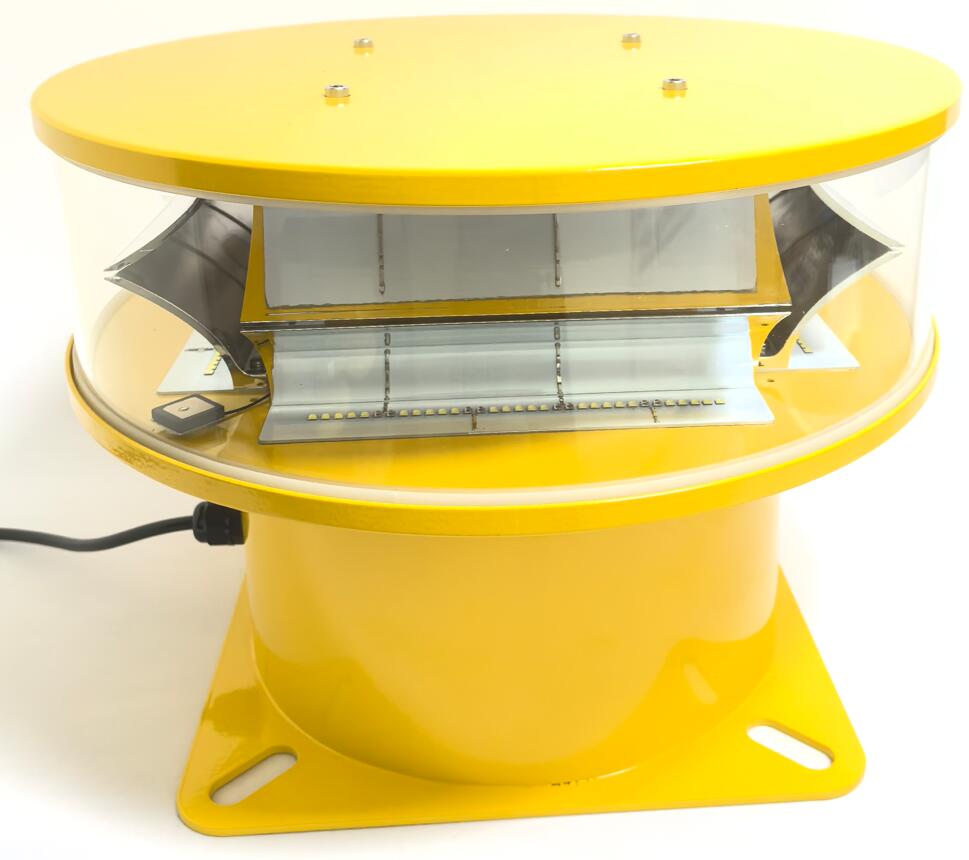Factors Influencing Obstruction Light Price in the Aviation Industry
Obstruction lights are critical safety devices used to mark tall structures, such as towers, wind turbines, and buildings, ensuring they are visible to aircraft pilots. The obstruction light price varies depending on several factors, including technical specifications, regulatory requirements, and market dynamics. Understanding these factors can help buyers make informed decisions when selecting the right lighting solutions for their projects.
1. Technical Specifications and Features
The obstruction light price is heavily influenced by the type and capabilities of the light. Key technical factors include:
Light Intensity and Range – High-intensity obstruction lights (e.g., Type A or B) are more expensive due to their powerful illumination, which ensures visibility from greater distances.
LED vs. Incandescent Technology – LED obstruction lights are energy-efficient and have a longer lifespan, but their initial cost may be higher than traditional incandescent models.
Power Supply Options – Solar-powered obstruction lights reduce long-term energy costs but may have a higher upfront price compared to wired alternatives.
2. Compliance with Aviation Regulations
Different countries have strict aviation lighting standards, such as FAA (Federal Aviation Administration) and ICAO (International Civil Aviation Organization) guidelines. The obstruction light price can increase based on:

Certification Requirements – Lights that meet multiple international standards (FAA, ICAO, EASA) often cost more due to rigorous testing and approval processes.
Color and Flash Patterns – Red, white, or dual-color obstruction lights with specific flash sequences must comply with regulations, affecting their pricing.
3. Durability and Environmental Resistance
Obstruction lights are exposed to harsh weather conditions, so their build quality impacts the obstruction light price. Factors include:
IP Rating – Lights with higher ingress protection (IP65, IP67) are more resistant to dust and water, making them suitable for extreme environments.
Material Quality – Aircraft-grade aluminum or corrosion-resistant coatings increase durability but also add to the cost.
| obstruction light price |
4. Installation and Maintenance Costs
While not directly part of the obstruction light price, installation complexity and long-term maintenance influence overall expenses:
Ease of Installation – Some models require specialized mounting systems, increasing labor costs.
Maintenance Intervals – LED lights typically require less frequent replacement, reducing long-term expenses despite a higher initial investment.
5. Market Demand and Supplier Factors
Economic factors and supplier competition also play a role in determining obstruction light price:
Global Supply Chain Conditions – Fluctuations in raw material costs (e.g., aluminum, electronics) can affect pricing.
Brand Reputation – Established manufacturers may charge a premium for reliability and warranty support.
The obstruction light price is shaped by a combination of technical, regulatory, and market-related factors. Buyers should evaluate their specific needs—such as light intensity, compliance, and environmental conditions—to select the most cost-effective solution. Investing in high-quality, compliant obstruction lights ensures aviation safety while minimizing long-term operational costs.
